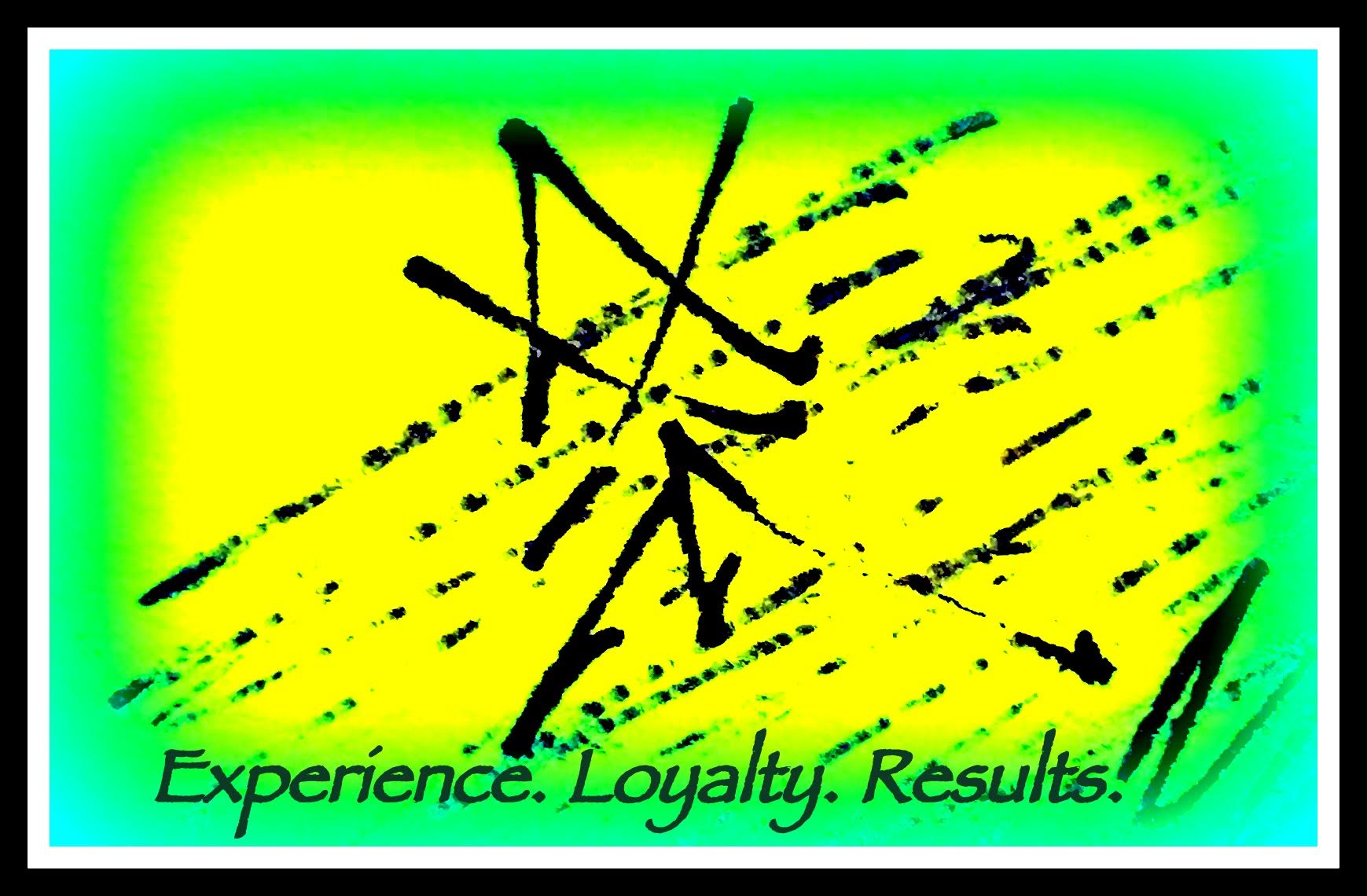Those who handle car and trucking accidents should possess a sensitivity to a phenomenon known as Wallerian degeneration. With a complex patient, this class of injury can be easily missed. Often the symptoms are vague, gradual. Following a head injury, the patient can begin to experience nothing more than a headache or a generalized feeling of ill-being. MRIs of the brain can be read as negative. Findings on physical exam can be interpreted as normal. But this type of injury is serious and its true effects can become apparent many months, even years, after an accident.
“Wallerian degeneration is an important degenerative process that occurs in distal nerve stumps in response to nerve fiber injury (Coleman, 2005; Coleman and Freeman, 2010). It occurs in both the central nervous system and peripheral nervous system, although it normally occurs within 1 to 2 weeks after injury in the peripheral nervous system but does not occur until a few months or even years after injury to the central nervous system (Griffin et al., 1992; George and Griffin, 1994).”[1]
“Until a few months or even years after injury”––in many instances the patient has not sought out medical treatment from a neurologist. No diagnostic workup has been obtained; no physical exam conducted; no medication prescribed. Often, with such a large gap between injury and diagnosis, proving these injuries can be difficult.
“Transection of nerves following injury causes changes in the nerve stump distal to the injury that are collectively referred to as Wallerian degeneration (Jessen and Mirsky, 2008). Hallmarks are axon death, macrophages invasion, breakdown of myelin sheaths and transient phase of SCs [Schwann cell] proliferation, and the molecular expression pattern of SCs is reversed from that characteristic of mature myelinating and non-myelinating back to one characteristic of immature state (Jessen and Mirsky, 2008). Hence, SCs undergo dedifferentiation during certain PNS [peripheral nervous system] nerve injuries and will have to repeat major steps they take during PNS development.”[2]
A serious nerve injury causes the Schwann cells to revert back to their immature form. “Dedifferentiation” is the process by which differentiated cells specialized for a specific purpose lose their specialization and revert back to an earlier state.
“Under the influence of neurotrophic factors, the ECM [extracellular matrices] and SCs, the proximal stump starts to sprout and elongate new axons in an attempt to regenerate the nerve. Elongation is mediated by the growth cones and the regeneration process occurs at a modest rate of 2–5 mm/day, which means that significant injuries may take very long (many months) to heal if at all (Gu et al., 2011). Hence, the regeneration rate essentially runs a very tight race against the Wallerian degeneration (Gu et al., 2011). Medical intervention must therefore be swift and the increase of the regeneration rate is decisive for success.”[3]
Others as well have recognized the earlier the diagnosis, the better the outcome.
“The most critical point is probably the earliest events that occur in Schwann cells when the axon initiates its self-destruction. Indeed, Wallerian demyelination appears to start in an amplification pathway that spreads from the extremities of the myelin to the nucleus of the Schwann cell. This molecular amplification allows the multiple changes that are required to dedifferentiate the cell. This scheme is characteristic of a program that always initiates from a code source. So if the final goal of scientists and medical doctors is to prevent pathological demyelination, then there is no use to try to target some factors involved in the program because alternative parallel events are probably already in course toward the deadly end. The only logical way would be to target the initial trigger of the program. Therefore, the earliest events are targets of choice for a therapeutic approach.”[4]
Probably a good rule of thumb after an accident is to have any significant head (or other nerve) injury checked out by a neurologist as soon as possible. There’s no question scientists have begun to enlarge their understanding in this area. This will ultimately lead to better treatments, particularly if the dedifferentiation process can somehow be halted or reversed.
The more interesting point is the body’s unique cellular response following a nerve injury. It ruthlessly discards the old, making way for the new. Cells once specialized for a particular purpose revert back to an earlier state. It’s almost as if the body is seeking to turn back the clock and start anew. From this, what larger insight can be drawn? For those who have suffered an injury, perhaps one lesson to be drawn is this––it’s okay to start again from scratch.
[1] Qiong Cheng, Ya-xian Wang, Jun Yu, Sheng Yi, Critical signaling pathways during Wallerian degeneration of peripheral nerve, Neural Regeneration Research, Vol. 12, Issue 6 pgs. 995-1002 (2017)
[2] Gonzalo Rosso, Peter Young, Victor Shahin, Implications of Schwann Cells Biomechanics and Mechanosensitivity for Peripheral Nervous System Physiology and Pathophysiology, Frontiers in Molecular Neuroscience, (October 25, 2017) https://doi.org/10.3389/fnmol.2017.00345
[3] Id.
[4] Nicolas Tricaud, Hwan Tae Park, Wallerian demyelination: chronicle of a cellular cataclysm, Cell Mol Life Sci. 2017 74(22): 4049-4057 (June 9, 2017) 10.1007/s00018-017-2565-2




